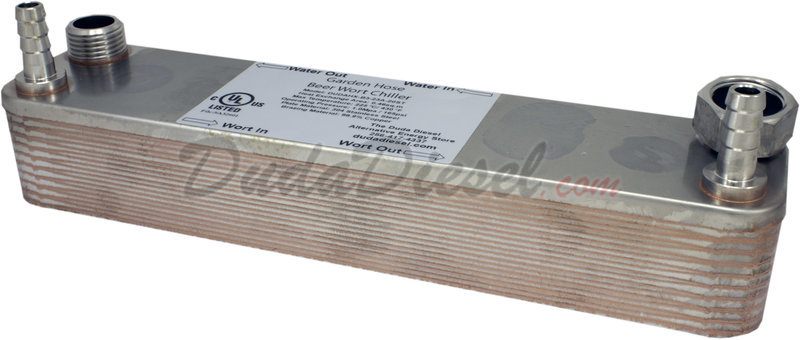BaronVonMeisterburger
Well-Known Member
My kit :
30qt SS brew pot with a spigot and a 58,000btu burner.

6.5 Gallon "Ale Pail" Primary Fermenter with Grommeted Lid
6.5 Gallon "Ale Pail" Bottling Bucket with Spigot
5 Gallon Better Bottle® Carboy
Easy Clean No-Rinse Cleanser ■Triple Scale Hydrometer
Drilled Rubber Stopper ■Liquid Crystal Thermometer ■Lab Thermometer Siphon Hose and Shut-Off Clamp ■Brew Paddle ■Airlock
Twin Lever Capper ■Fermtech Auto Siphon ■Bottle Filler

Plate chiller

Cooper's PET 24oz. bottles

I'm brewing a Belgian Tripel from Brewer's Best. Recipe:
http://www.brewersbestkits.com/pdf/1044_Belgian_Tripel.pdf
I think I might put some dried tropical fruit in the secondary too.
I'm currently accepting words of wisdom or sarcasm. Help a brother smooth out his first batch jitters!
TIA
30qt SS brew pot with a spigot and a 58,000btu burner.
6.5 Gallon "Ale Pail" Primary Fermenter with Grommeted Lid
6.5 Gallon "Ale Pail" Bottling Bucket with Spigot
5 Gallon Better Bottle® Carboy
Easy Clean No-Rinse Cleanser ■Triple Scale Hydrometer
Drilled Rubber Stopper ■Liquid Crystal Thermometer ■Lab Thermometer Siphon Hose and Shut-Off Clamp ■Brew Paddle ■Airlock
Twin Lever Capper ■Fermtech Auto Siphon ■Bottle Filler
Plate chiller

Cooper's PET 24oz. bottles

I'm brewing a Belgian Tripel from Brewer's Best. Recipe:
http://www.brewersbestkits.com/pdf/1044_Belgian_Tripel.pdf
I think I might put some dried tropical fruit in the secondary too.
I'm currently accepting words of wisdom or sarcasm. Help a brother smooth out his first batch jitters!
TIA



